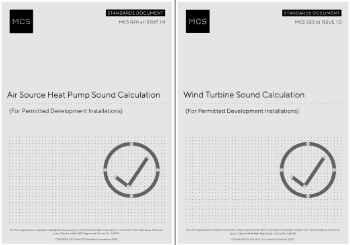Site selection and acquisition for construction
Site selection and acquisition is crucial when the client does not own the site to be developed. It should be undertaken as early as possible, ideally, in parallel with feasibility studies. This work may be carried out by a specialist consultant.
Key to the process is ensuring that the requirements for the site are properly defined, that the selected site meets these requirements and that it is acquired within the constraints of the project programme and with minimal risk to the client.
To achieve these objectives the following tasks need to be carried out:
- Preparing a statement of objectives/requirements for the site and facility/buildings and agreeing this with the client.
- Preparing a specification for site selection, establishing the criteria for evaluating sites based on the objectives/requirements and agreeing weightings with the client.
- Establishing the outline funding arrangements.
- Determining responsibilities within the project team (client/project manager/commercial property agent).
- Appointing/briefing members of the team and developing a schedule for site selection and acquisition; monitoring and controlling progress against the schedule.
- Actioning site searches and collecting data on sites, including local planning requirements, for evaluation against the criteria. See technical due diligence and site appraisals for more information.
- Evaluating sites against the criteria and producing a short list of three or four.
- Establishing initial options and developing costs.
- Discussing short-listed sites with relevant planning authorities.
- Obtaining advice on the approximate open-market value of short-listed sites.
- Selecting the preferred site from the short list.
- Appointing agents for price negotiation and separate agents for independent valuation.
- Appointing lawyers as appropriate.
- Determining specific financial arrangements.
- Exchanging contracts for site acquisition once terms are agreed, conditional upon relevant matters, such as ground investigation, planning consent and so on.
The text in this article is based on an extract from PROJECT MANAGEMENT, by Eric Stokes and Saleem Akram. The original manual was published in 2008. It was developed within the scope of the LdV program, project number: 2009-1-PL1-LEO05-05016 entitled “Common Learning Outcomes for European Managers in Construction”. It is reproduced here in a slightly modified form with the kind permission of the Chartered Institute of Building.
--CIOB
[edit] Related articles on Designing Buildings Wiki
- Applying for new postal addresses.
- Building People.
- Condition survey.
- Contaminated land.
- Developer.
- Gross development value.
- Ground conditions.
- Land acquisition.
- Overage.
- Overbuild.
- Restrictive covenants.
- Right of way.
- Site appraisal.
- Site information.
- Site surveys.
- Soil survey.
- Technical due diligence.
- Vacant possession.
- What is a housing start?
Featured articles and news
Heat pump and wind turbine sound calculations for PDRs
MCS publish updated sound calculation standards for permitted development installations.
Homes England creates largest housing-led site in the North
Successful, 34 hectare land acquisition with the residential allocation now completed.
Scottish apprenticeship training proposals
General support although better accountability and transparency is sought.
The history of building regulations
A story of belated action in response to crisis.
Moisture, fire safety and emerging trends in living walls
How wet is your wall?
Current policy explained and newly published consultation by the UK and Welsh Governments.
British architecture 1919–39. Book review.
Conservation of listed prefabs in Moseley.
Energy industry calls for urgent reform.
Heritage staff wellbeing at work survey.
A five minute introduction.
50th Golden anniversary ECA Edmundson apprentice award
Showcasing the very best electrotechnical and engineering services for half a century.
Welsh government consults on HRBs and reg changes
Seeking feedback on a new regulatory regime and a broad range of issues.
CIOB Client Guide (2nd edition) March 2025
Free download covering statutory dutyholder roles under the Building Safety Act and much more.
Minister quizzed, as responsibility transfers to MHCLG and BSR publishes new building control guidance.
UK environmental regulations reform 2025
Amid wider new approaches to ensure regulators and regulation support growth.
BSRIA Statutory Compliance Inspection Checklist
BG80/2025 now significantly updated to include requirements related to important changes in legislation.
























